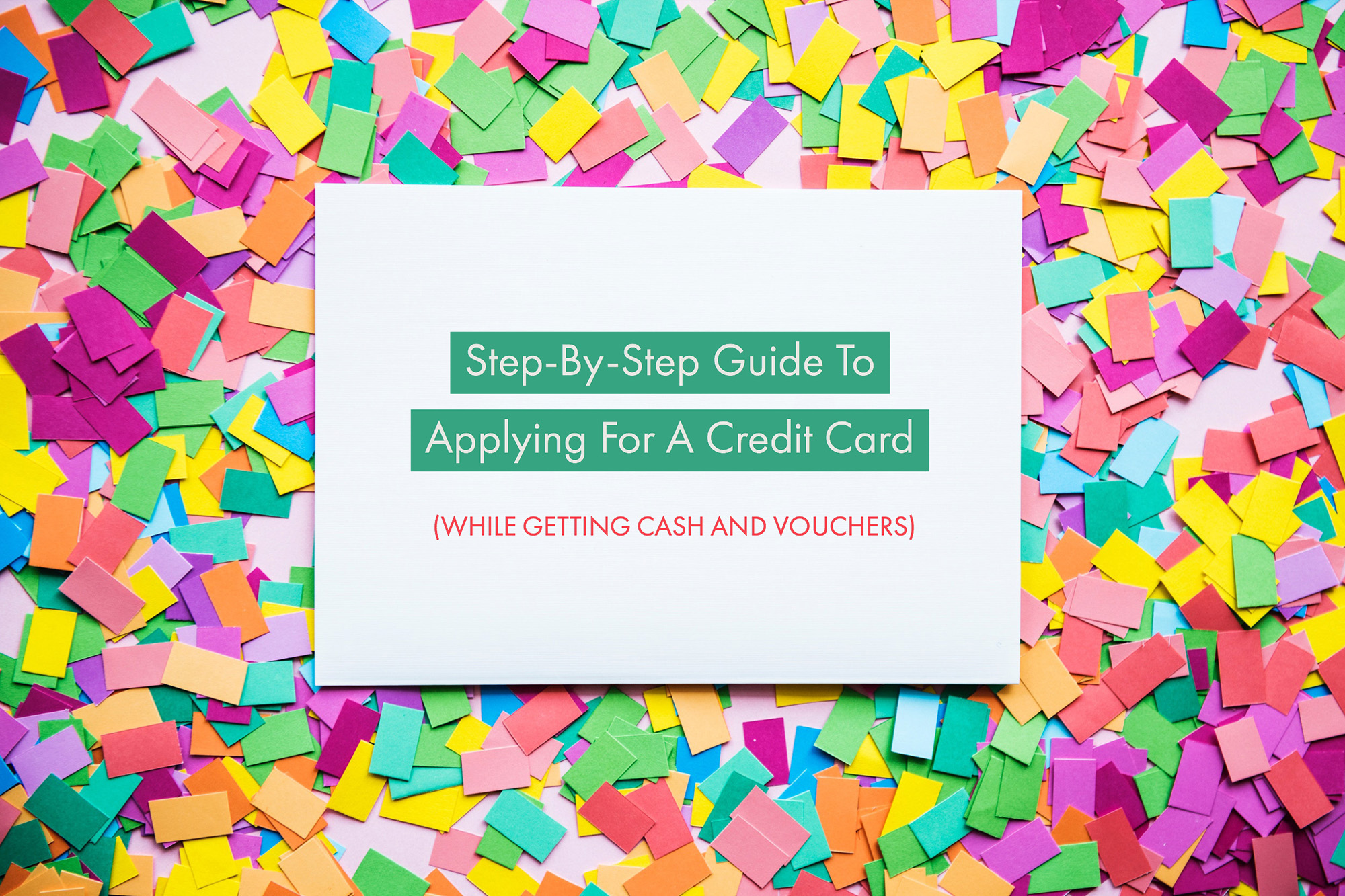Here's How Food Delivery Services Cause you to Save money (While Causing you to Think You Save More)


Foodpanda, GrabFood and Deliveroo – – these food delivery services have grown to be ubiquitous names in households as their popularity soared in recent years. Inside a study commissioned by Deliveroo, the biggest reason for using these apps is convenience. Other cited reasons range from the availability of regular promotions, the extensive variety of food options and efficient delivery service.
However, is the cost of convenience worth it for that added costs you pay? And, do the regular promotions provided by these food delivery services really help to counterbalance the additional costs involved with delivering the food?
We check out the top 3 food delivery services in Singapore and examine a few of the additional costs you end up paying when you order through them.
#1 Delivery Charges
Delivery charges are fees added on your to compensate the rider to make the trip to deliver the food.
Typically, they are variable and dependent on factors such as the demand-supply ratio of available riders and merchants, distance-based charge.
Let's take particular notice at the charges involved for every food delivery service:
| GrabFood | $3 to $5 |
| Food Panda | $0.99 to $2.99 |
| Deliveroo | $3 |
A delivery fee adds up to the price of your order, especially when you purchase a lower value item.

For instance, the price of ordering a $2 bowl of Japanese rice on Deliveroo would add up to a whopping $10 because of delivery charges and small order fees involved. On GrabFood too, a little order of the $6.50 Seafood Mee Goreng adds up to almost double the amount at $11.50 due to the delivery charge.

In these cases, it might make sense to build muscle the transaction or take on multiple food purchases to spread the costs of the flat delivery charge involved with each order around the app.
#2 Minimum Order Requirements
Some food delivery services need you to create a minimum spend in order for your order to be processed. For example, Deliveroo charges a small order fee of $5 for orders below $12. On the other hand, Foodpanda charges the difference towards the minimum $10 spend and GrabFood does not impose a fee at all it doesn't matter how small the transaction is.
Having hitting a minimum order may mean that you unnecessarily bulk up the transaction and purchase more than you have to. Alternatively, paying a steep surcharge lowers the value of the transaction and helps make the price of convenience much more expensive than it is worth.
#3 Pricing And Menu Differences
In certain cases, food on the app is more epensive than how it's priced in restaurants. There have been reports on price inconsistencies on some restaurants, who mark up their foods in a bid to cover commissions and GST costs.
Some restaurants marginally increase prices to create up for that customary service charge those meals delivery providers impose in it. Usually, recption menus prices are not under the purview of delivery service providers. Additionally, restaurants might not offer lower-value items on their food delivery menu, to inspire customers to increase their invest each purchase.
#4 Psychological Factors
There are psychological factors making it simple to over order when you are buying food via a food delivery app.
When you make an order, you may want to maximise on the delivery charge or time allocated to awaiting the food. This creates a tendency that you should over-order a lot more than you need to. Additionally, time-restricted deals may also encourage impulsive paying for food that you do not actually want or need.
Delivery food service providers like Deliveroo and GrabFood provide meal subscription plans too. For instance, Deliveroo Plus is really a plan that provides consumers a flat fee for free delivery, extra discounts and offers for any flat fee of $14.90 per month. GrabFood also offers a regular monthly diet subscription where users can enjoy zero delivery fees at $9.90. However, going onboard with these subscription plans may not really be as worthwhile if you don't make frequent purchases from them to begin with.
The Cost of Convenience Varies Depending On Your Usage
Ultimately, the price of convenience on each food delivery app varies with respect to the consumer's habits and pattern of usage. Understanding the unexpected costs involved with buying meals off the food delivery app helps you to take advantage value from the service.
Sure, there is a cost involved and nothing comes for free– including discounts, vouchers, promotions and convenience. However, you possibly can make the best out of it should you know how you use it and can work that to your benefit.






